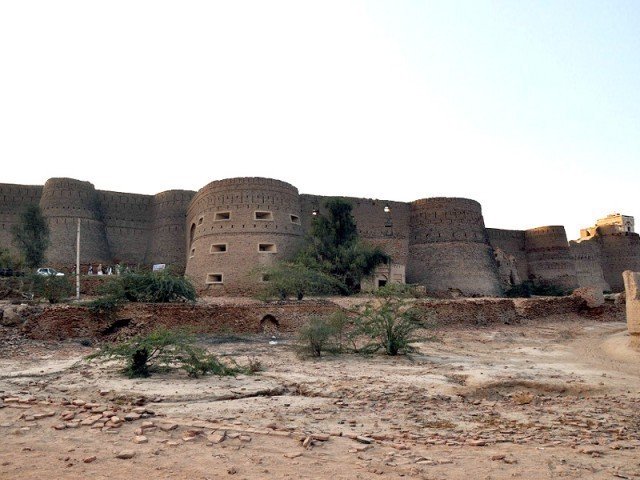The report on the excavation of remains of the Indus Valley Civilisation in the Cholistan desert at Ganweriwala is likely to be finalised by the end of June. The site had been discovered eminent archaeologist Dr Rafiq Mughal between 1974 and 1977. According a former director of the Punjab Archaeology Department, Saleemul Haq, the site is being excavated by a team led by Dr Mughal and comprising of him and other experts.
The excavations had resumed in March after a gap of several decades attributed by archaeologists to unavailability of water, funding, road access and manpower at Ganweriwala to dig out remains of the settlement, believed to be the third largest of Indus Valley Civilisation after Harappa and Mohenjo-Daro and belonging to the era of 2600BC. Dr Mughal had discovered 414 sites including Ganweriwala during a survey conducted in 1976 in a 450km area from Fort Abbas to the border of Sindh along the bed of the dried-up ancient Hakra river, said Saleem l Haq. "The surface finds from Ganweriwala in 1975 showed it was a mature Harappan site and we cannot rule out the possibility of finding remains of early period in case of deeper excavation," he said and expressed hope that the report on the excavation would be finalised by the end of next month.

Mound Dillu Roy, another site excavated at the boundary of Rajanpur and Dera Ghazi Khan districts by South Punjab Archaeology Director Muhammad Hassan a few years back revealed that it was a Buddhist site. Among 1,370 small art.
















